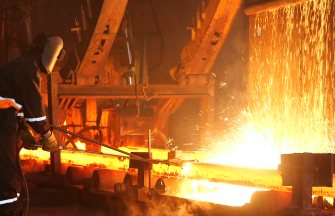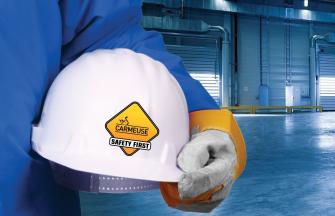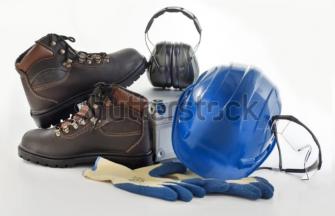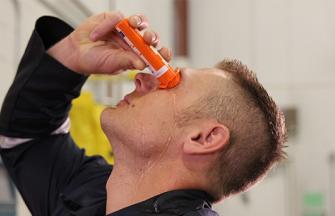
Main Risks
Lime represents one of the oldest chemicals known to the humankind and one of the unavoidable chemicals for metallurgical applications. Steelmaking processes are using lime as a flux/slag former in order to remove impurities in different refining steps.
Quicklime (CaO, Calcium Oxide, burnt lime, lime) is derived by thermal decomposition of naturally occurred limestone and represents one of the essential raw materials for steel industry.
Quicklime is hygroscopic and very reactive material. In the reaction with moisture and especially water, quicklime is being transformed to hydrated lime (Ca(OH)2, Calcium Hydroxide, slaked lime) liberating great amount of heat and in this form it is not suitable for steel industry applications.

Due to humidity content, at steel making temperatures (> 1600˚C) huge amount of gases are released (Hydrogen and Oxygen) in very short time generating slopping of molten slag and metal, which are very difficult to control.
This violent reaction can cause burning of steel makers, electric cables or damage mechanical systems in the neighborhood of the furnace. It is mandatory that STEEL MAKERS WEAR ALUMINIZED PROTECTION and FIREPROOF PERSONAL EQUIPMENT.
Quicklime reacts with ambient carbon dioxide in the presence of moisture (re-carbonation reaction) and reforms back to Calcium Carbonate, CaCO3.
Due to its high reactivity, quicklime should not be exposed to atmospheric conditions during handling or storage.

What should we do?

People working in these areas have to be equipped with face masks, gloves and side protected dust glasses (goggles).

The usage of Diphoterine solution for emergency management of chemical spills to the eyes and body is strongly recommended.

In the area of crushers and sieving facilities where noise level exceeds 87 dB, people have to wear earplugs.

Suspension of lime dust in the air, limited to 10 mg/mᵌ may cause lung and trachea irritation. Presence of lime fines on shop floor can generate slips. A very good housekeeping is mandatory in lime end point usage.
Lime and lime-based products are classified according to CLP (Classification, Labeling and Packaging of substances) Regulation (EC) No. 1272/2008 as:
Skin Irritant 2 - H315: Causes skin irritation
Eye Damage 1 - H318: Causes serious eye damage
STOT SE 3 - H335: May cause respiratory irritation
Safety Data Sheets (SDS) for lime, dolime and lime based products are harmonized at European level and validated by the European Lime Association (EuLA).
